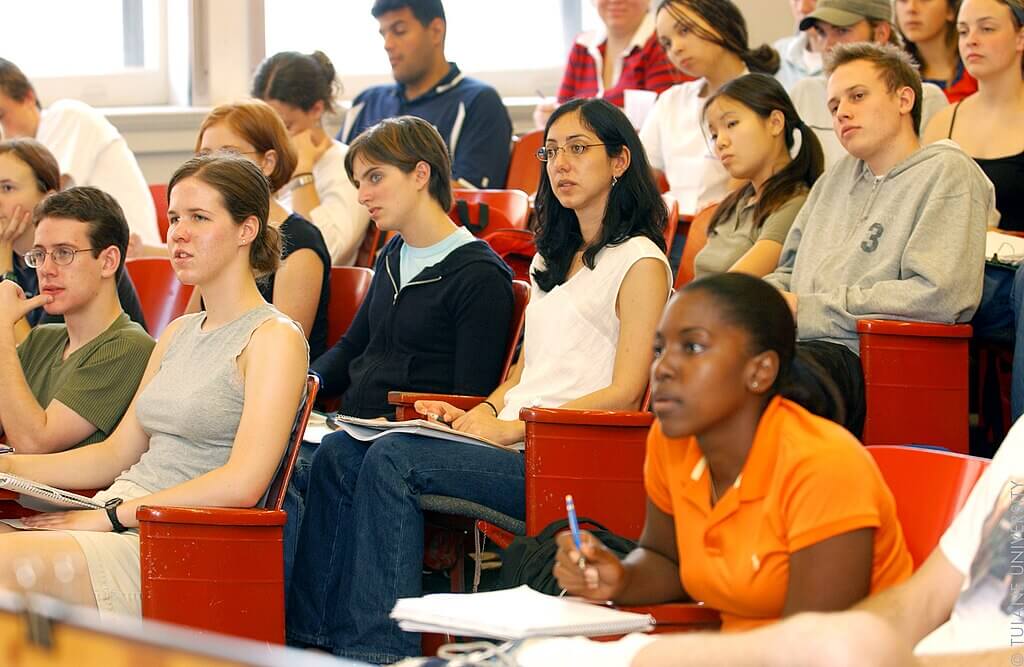Navigating the diverse landscape of students in a classroom can be both rewarding and challenging for educators. Each student comes with a unique personality, learning style, and behavior, influencing the dynamics of the learning environment. Let VTJ review 13 common types of students you might encounter and effective strategies for dealing with them through the article below.
13 Different Types of Students And How To Deal With Them

Teacher’s Pet
The Teacher’s Pet is a student who seeks approval and validation from teachers. They are eager to please and often strive to be at their best academically. As educators, it is crucial to acknowledge their efforts while maintaining a balanced and fair approach to avoid favoritism in the classroom.
The Overactive Types
These students have boundless energy, which can sometimes make it challenging for them to stay focused in class. Engaging them in hands-on activities, physical movement, and providing short breaks can help channel their energy effectively while keeping them engaged in the learning process.
The Student-Athletes
Student-athletes must manage both academic and sports commitments. As teachers, showing support for their achievements in sports and academics, and being flexible with deadlines during demanding sports seasons, can help them strike a balance between their passions.
Explore More Teaching Tips: Why Students Get Bored & How to Engage Bored Students in the Class
The Go-Getter Kind
Go-Getter students are highly motivated, ambitious, and determined to achieve their goals. Providing them with challenging tasks, leadership opportunities, and recognition for their accomplishments can fuel their drive for success.
The Prized Intellectuals
These students have a strong passion for academics and often seek in-depth discussions and intellectual challenges. Encouraging their curiosity, allowing them to explore complex topics, and providing resources to foster their thirst for knowledge can keep them engaged in their studies.
Our Favorite Class Clowns
Class Clowns seek attention through humor and may occasionally disrupt the class. It is essential to set clear boundaries for appropriate behavior while appreciating their humor, ensuring that the class remains focused on learning.
The Carefree, Clueless Folks
Some students may appear carefree and clueless, struggling with focus and organization. Offering gentle guidance and support, breaking down tasks into manageable steps, and providing clear instructions can help them stay on track with their studies.
Discover Related Guides: 22+ SMART Teacher Goals Examples in 2025
The Nerds You Might Love
Nerds are passionate about specific subjects and may excel academically. Celebrating their achievements and encouraging them to share their knowledge with peers can create a positive learning environment.
The Dreaded Bullies
Addressing bullying behavior promptly and assertively is crucial. Creating a safe and inclusive classroom environment, promoting respect and empathy, and implementing anti-bullying strategies are essential steps to tackle bullying.
The Artsy People
Artsy students thrive through creative expression. Providing opportunities for them to showcase their artistic talents, incorporating creativity into lessons, and valuing their unique perspectives can foster their creativity.
Continue Learning: How To Write a Lesson Plan in 6 Steps: The Complete Guide
The Slackers
Slackers may lack motivation or face challenges outside the classroom. Offering support, setting achievable goals, and discussing their interests can help rekindle their enthusiasm for learning.
Our Leaders
Some students naturally take on leadership roles among their peers. Encouraging positive leadership traits and guiding them to use their influence for the benefit of the entire class can create a harmonious and cooperative classroom atmosphere.
The Late Comers
Addressing tardiness with understanding and discussing the importance of punctuality is essential. Offering incentives for punctuality and discussing the impact of arriving late on their learning experience can help instill good habits.
See More Strategies: 14 Types of teaching methods for an effective lesson
In conclusion, understanding and effectively dealing with the various types of students in the classroom is a crucial aspect of being a successful educator. Embracing the diverse needs, personalities, and learning styles of each student enables teachers to create a positive and inclusive learning environment where every individual can flourish.
FAQ
What type of students do teachers like the most?
Teachers often appreciate and enjoy students who are actively engaged in the learning process, show enthusiasm for the subject matter, are respectful and cooperative, demonstrate a willingness to learn and participate, and exhibit a positive attitude towards their studies and peers.






